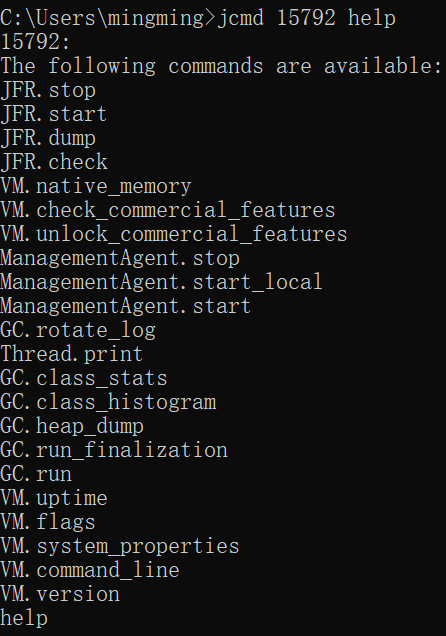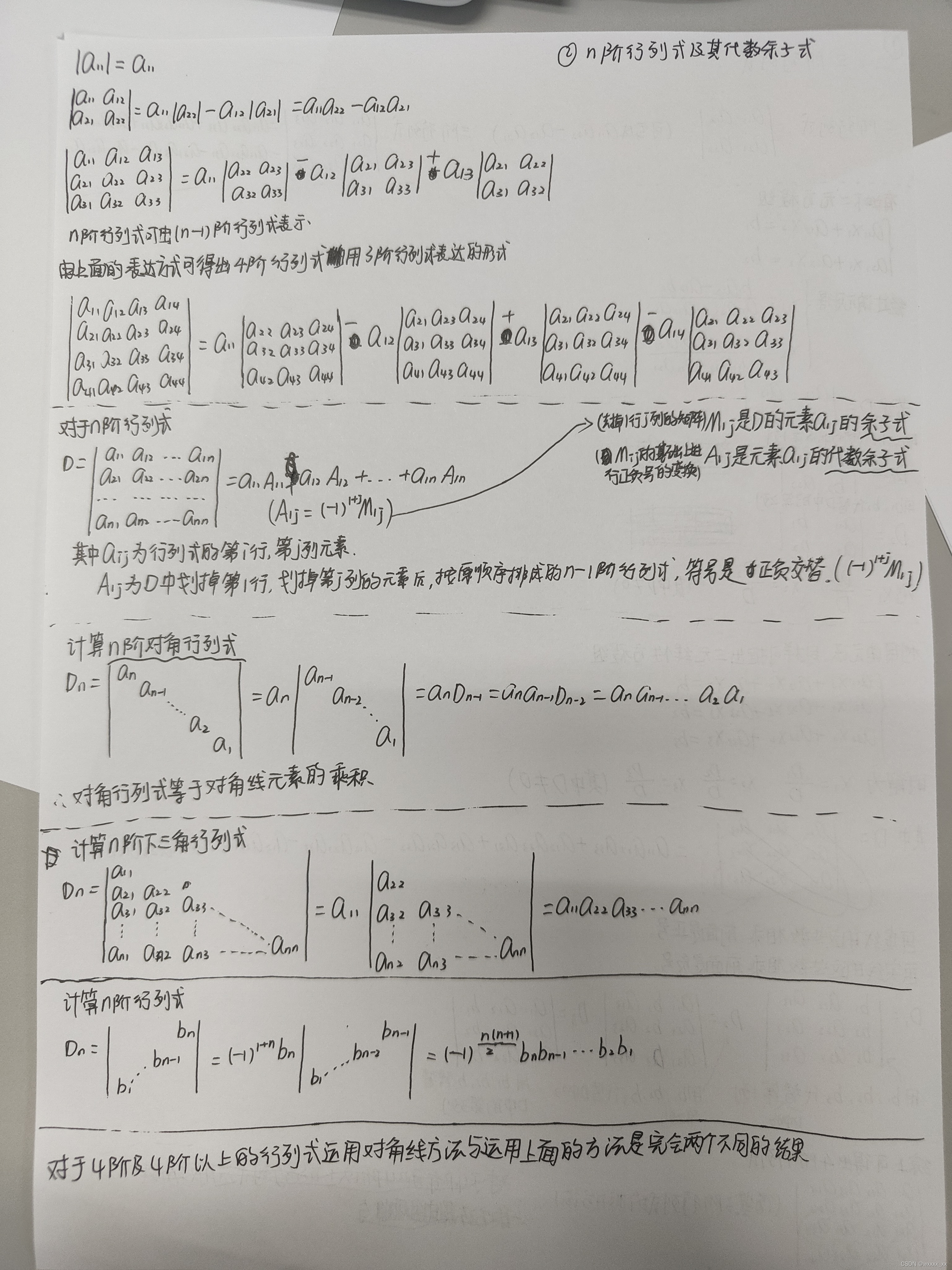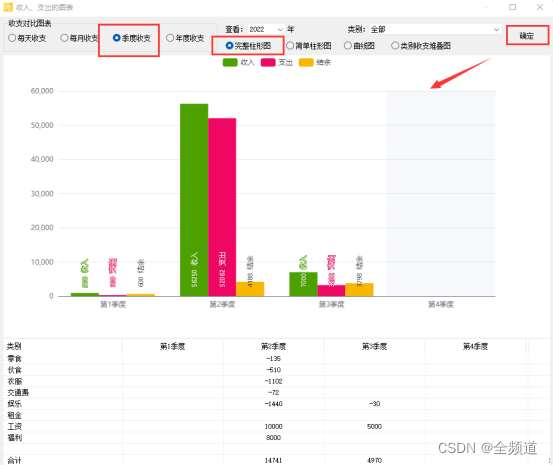当前位置:网站首页>Overview of FlexRay communication protocol
Overview of FlexRay communication protocol
2022-07-07 06:25:00 【AUTOSAR technical support and training】
List of articles
Portal ==>> AutoSAR Practical series 300 speak 「 candy Autosar」 General catalogue
In order to meet the endless communication needs of improving vehicle performance , Various agreements already exist .FlexRay It is such a next-generation general high-speed protocol that provides security critical features . Combined multiple sensors 、 The actuator and electronic control unit need to be synchronized to provide high-end performance . Controller area network ( CAN ) Unable to meet the growing demand for bandwidth in today's advanced vehicles . In order to meet these next generation challenges of these advanced vehicles ,FlexRay The agreement has proved to be of great significance in the world of rapid development of Automotive Technology .
FlexRay The communication protocol is a registered trademark of DaimlerChrysler Corporation .FlexRay The full use of is made by FlexRay Alliance in 2008 , launched in , The alliance will promote FlexRay It is standardized as the next generation vehicle communication protocol .FlexRay Designed to meet drive by wire ( Start by wire 、 Brake by wire ) And advanced equipment auxiliary system ( The engine 、 transmission ) Designed for the needs and challenges of .
1 FlexRay Network structure
FlexRay Use unshielded twisted pair to connect nodes . Their cable impedance is about 80-110 ohm , It needs to be terminated at the end node . It's like CAN equally , A resistor is connected between the pair of signal lines to achieve this .

The differential signal on each pair of cables can reduce the impact of external noise on the network , Without expensive shielding . It supports single channel and dual channel configurations , It consists of one or two pairs of lines . Dual channel configuration provides enhanced fault tolerance and increased bandwidth .
2 FlexRay Characteristics
reliable .
Hurry up .
Redundant .
the height is 10 Mbps High data rate .
Flexible configuration .
Multiple topology options .
Fault tolerance .
Event and time trigger .
Dual channel system .
Can be “n” The nodes make up .
Deal with various frameworks .
They tolerate mistakes .
Collision free access .
Ensure message delay .
Fixed communication delay .
all ECU Global synchronization time .
Static and dynamic segments .
Bandwidth ratio CAN high 20 times .
Time division multiple access (TDMA) Manage multiple nodes .
application :
- Electric power steering .( Steer by wire ).
- Advanced driving assistance system .
- powertrain .
- Body control module .
- Battery management system .
- Anti lock braking system .
- Vehicle stability control (VSC).
- Vehicle stability assist (VSA).
3 FlexRay Network topology
FlexRay One of its significant advantages is that it can be arranged inside the vehicle according to the layout of the vehicle . It provides a topology similar to Ethernet , For example, the bus ( Multipoint passive )、 Stars ( Active power ) Connection or connection of these two topologies , be called FlexRay Hybrid topology of the network . This helps designers improve the performance of a given vehicle system design 、 Reliability and optimized cost .
3.1 Multipoint bus FlexRay The Internet

- Commonly used .
- One network cable connects multiple ECU.
- There can only be one at a time ECU transmitted .
- End to end to eliminate signal reflection .
3.2 star FlexRay The Internet
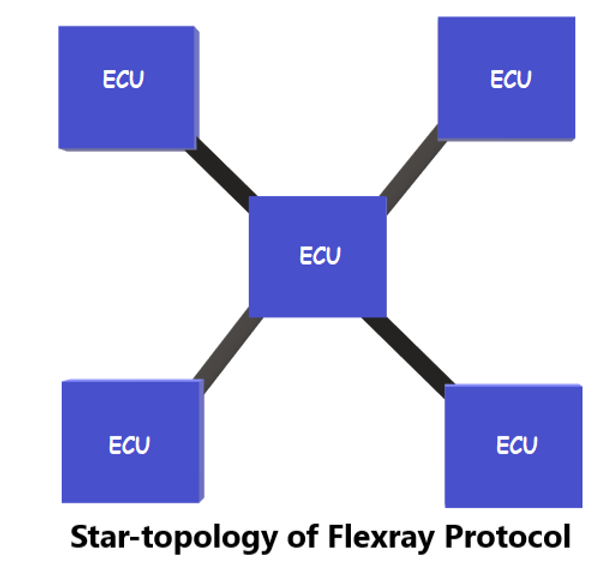
- Each link is connected to the central active node .
- They are used for more extended networks .
- If a node fails , It will not affect other nodes .
- Reducing the number of bare wires helps to improve the anti noise ability .
3.3 blend FlexRay The Internet
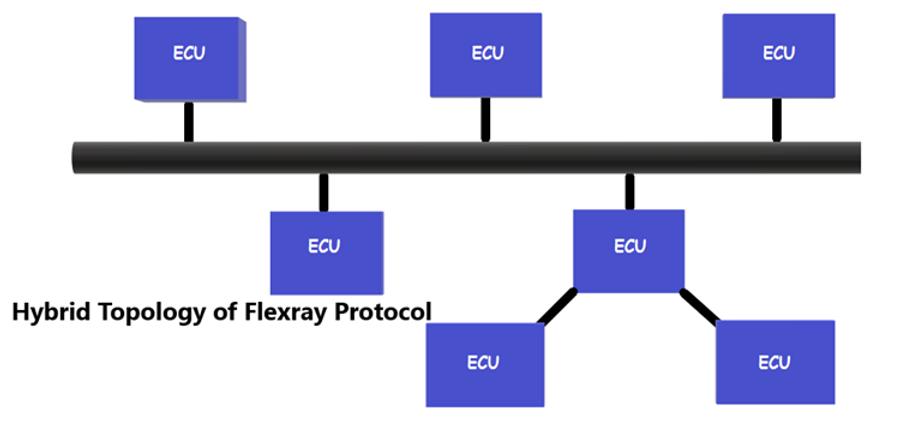
- It is composed of bus and star topology .
- Provide the best of the two topologies .
- Cost effective 、 Reliable and easy to use .
**FlexRay Protocol communication cycle :** Fixed in network design ( Usually keep at 1-5ms about ). It consists of four main parts , be called :
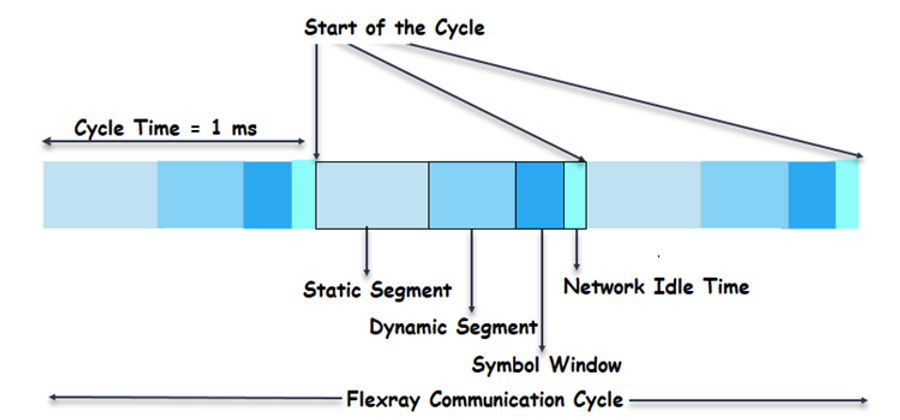
- Static segment : Time slot reserved for deterministic data , Arrive in a fixed period .
- Dynamic segment : Adapt to various signals , It will not slow down because of too many static slots FlexRay cycle . It allows the occasional transfer of data .
- Symbol window : Involve network maintenance and identify unique cycles , Such as cold start cycle .
- Network idle time : It is used to maintain synchronization between node clocks by adjusting any drift that may occur in the previous cycle . It always consists of ECU Predefined as a known length .
4 FlexRay Message frame format
For any static or dynamic segment , Each slot consists of a FlexRay The frame of , The frame is divided into three basic parts , As shown below :

4.1 HEADER
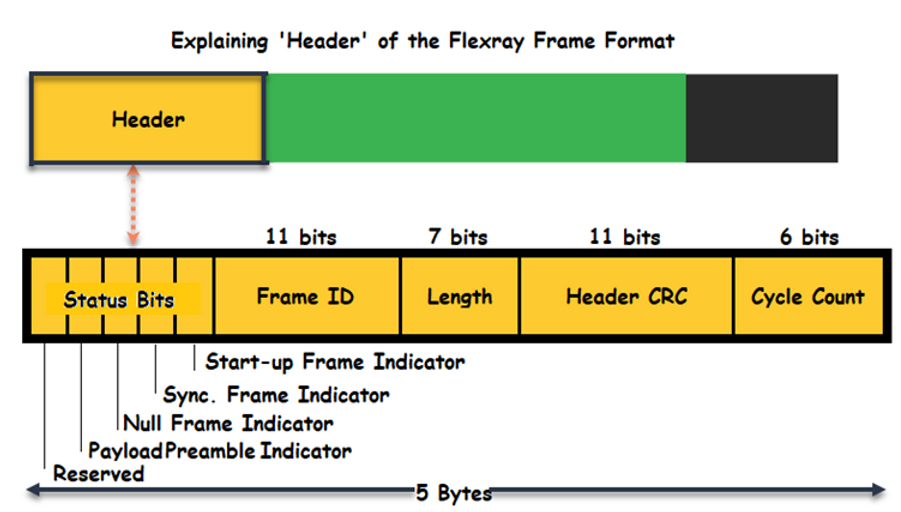
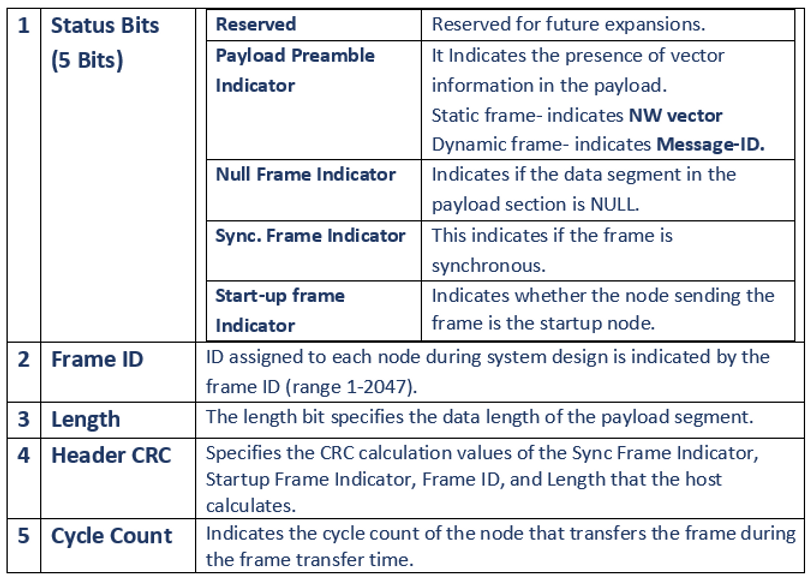
4.2 Payload
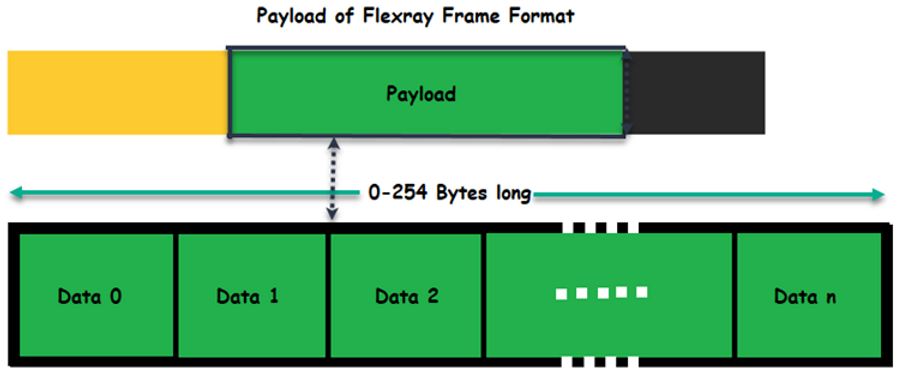
It contains the actual data that needs to be transmitted by the message frame . Its length is 0 To 254 Bytes .( yes CAN Of 30 times ).
Message-ID( Optional ): this ID Define using the first two bytes of the payload segment . It can be used as filterable data at the receiving end .
NW vector ( Optional ): The length of the network management vector must be 0 To 12 Bytes , And it is common to all nodes .
4.3 Trailer
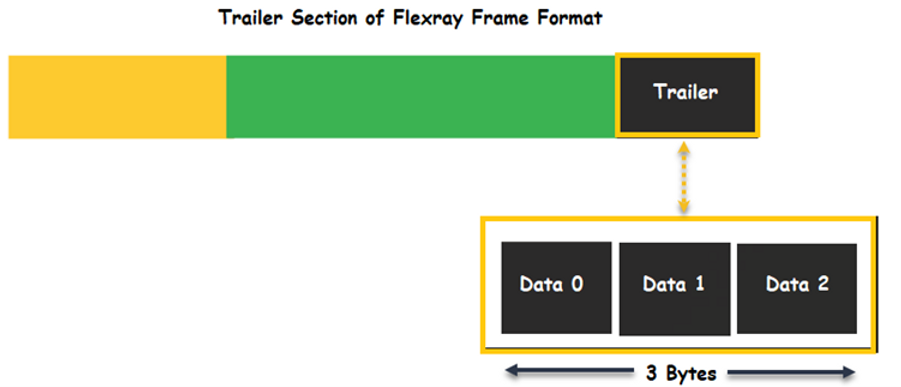
It contains three hardware specified 8 position CRC value , Used to detect errors by changing the seed value on the connection channel to prevent incorrect connections .
4.4 Data security and error handling
FlexRay The network provides scalable fault tolerance . The option of allowing single channel and dual channel communication makes it more secure . Using these two channels to connect devices on the bus can improve security . Bandwidth can be increased by using two channels to transmit non redundant data .
FlexRay The protocol uses bus protection mechanism to promote rapid error detection in the physical layer 、 Signaling and error control , This mechanism protects the channel from interference caused by communication inconsistent with the cluster communication scheduling .
5 CAN and FlexRay The difference between
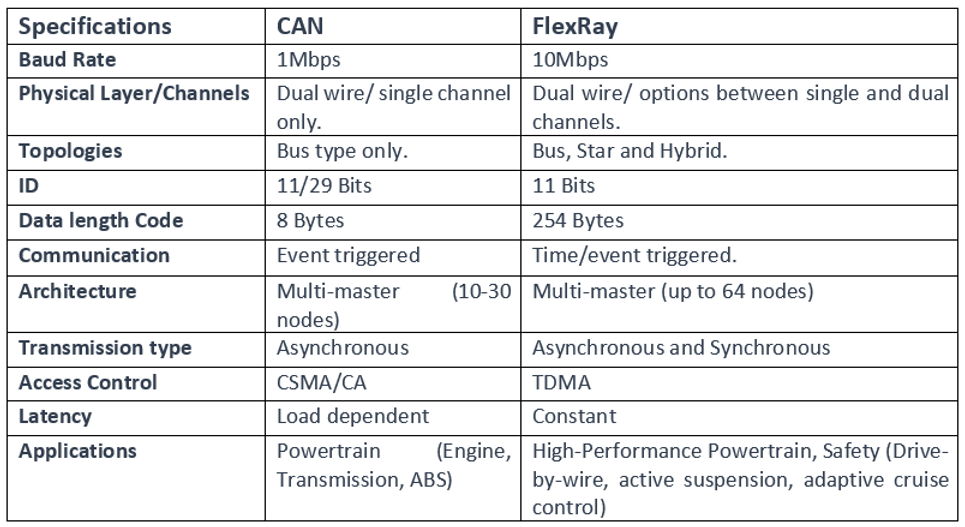
For each embodiment ,FlexRay The design of the network may be different . Before joining the bus , Each node must be programmed with the correct network parameters , To achieve normal operation .FlexRay The Committee standardized the storage and transmission format of these parameters in the process of Engineering , To maintain the network configuration between nodes . Fieldbus exchange format or FIBEX File is ASAM The standard of definition , Allow network designers 、 Prototype designer 、 Verifiers and testers can easily share network parameters , And quickly configure ECU、 Test tools, hardware in the loop simulation system, etc .
边栏推荐
- JVM命令之- jmap:导出内存映像文件&内存使用情况
- Peripheral driver library development notes 43: GPIO simulation SPI driver
- 牛客小白月赛52 E.分组求对数和(二分&容斥)
- 基于ADAU1452的DSP及DAC音频失真分析
- Bypass open_ basedir
- 那些自损八百的甲方要求
- jvm命令之 jcmd:多功能命令行
- 谷歌 Chrome 浏览器发布 103.0.5060.114 补丁修复 0-day 漏洞
- laravel 使用腾讯云 COS5全教程
- Jstack of JVM command: print thread snapshots in JVM
猜你喜欢
随机推荐
C语言面试 写一个函数查找两个字符串中的第一个公共字符串
线性代数(一)
Redis(一)——初识Redis
Go language learning notes - Gorm use - native SQL, named parameters, rows, tosql | web framework gin (IX)
ST表预处理时的数组证明
jvm命令之 jcmd:多功能命令行
vim映射大K
JVM in-depth
rt-thread 中对 hardfault 的处理
生活中的开销,怎么记账合适
Calculation model FPS
微信小程序隐藏video标签的进度条组件
MySQL(十)
当我们谈论不可变基础设施时,我们在谈论什么
K8s running Oracle
Matlab / envi principal component analysis implementation and result analysis
When we talk about immutable infrastructure, what are we talking about
Ideas of high concurrency and high traffic seckill scheme
Vscode for code completion
JVM命令之- jmap:导出内存映像文件&内存使用情况
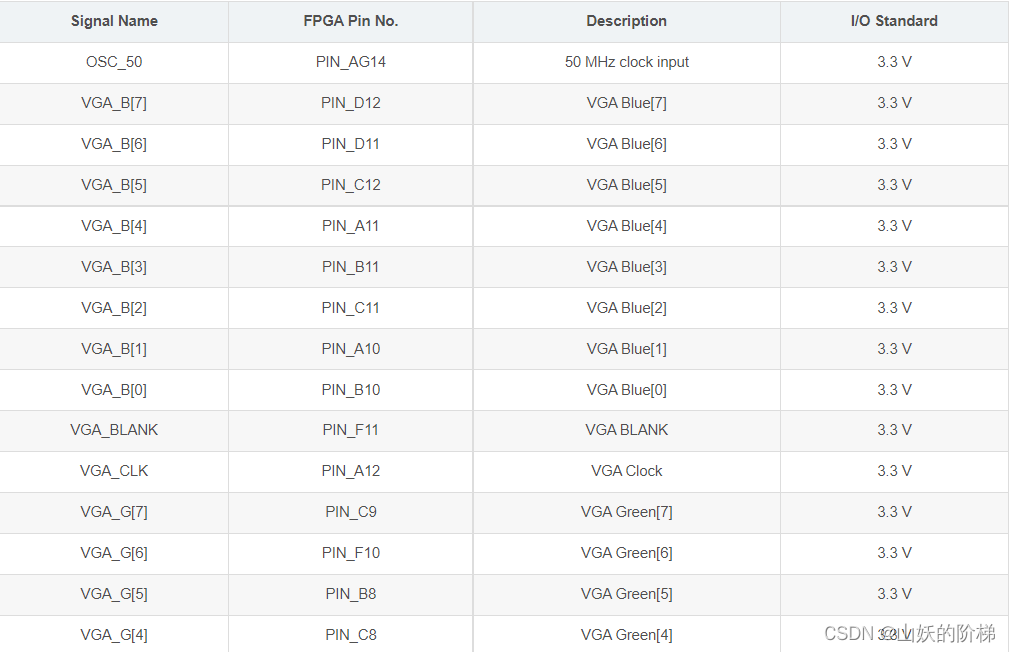
![[SOC FPGA] custom IP PWM breathing lamp](/img/4b/5053137cf95e851ca89057e9b9c15c.jpg)


